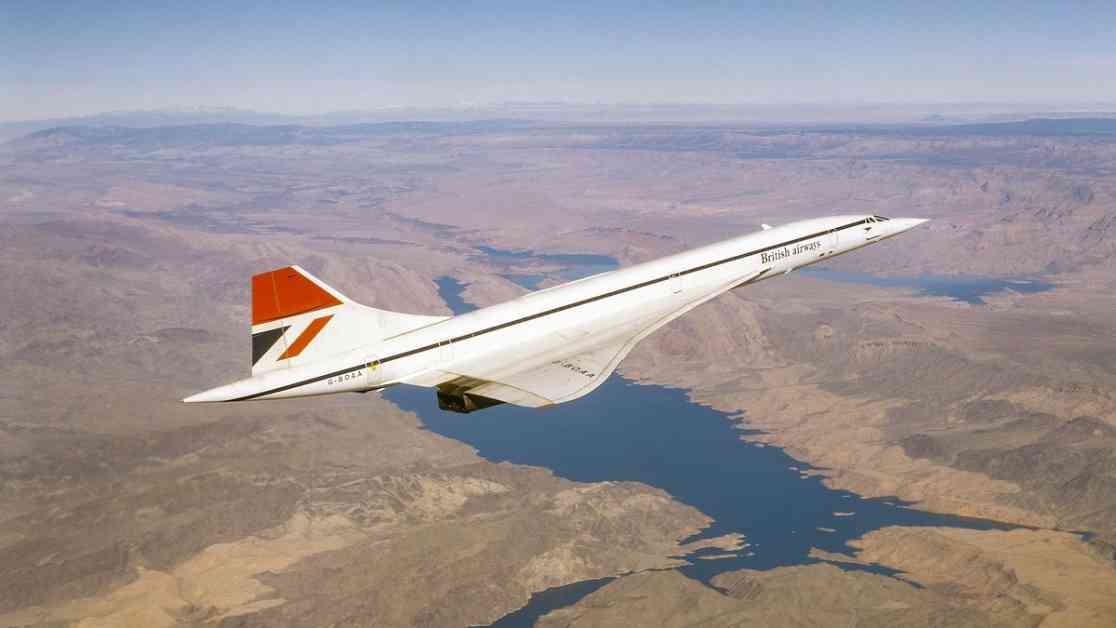The Concorde was a groundbreaking supersonic passenger jet that could fly faster than the speed of sound, setting records for its speed and efficiency. Engineers faced challenges in designing an aircraft that could handle both low-speed takeoff and landing scenarios and high-speed supersonic cruising speeds. The sleek design of the Concorde, including its delta wing and “droop snoot” nose, helped reduce drag and improve performance.
One interesting design quirk of the Concorde was its need to land with its nose angled higher into the air than traditional commercial airliners. This made it difficult for pilots to see where they were going, leading to the development of the “droop snoot” mechanism to lower the nose during landing. Modern supersonic aircraft, like the Boom Supersonic XB-1, are using advanced technology like augmented vision systems to overcome this issue.
The Concorde was powered by four turbo jet engines that generated a significant amount of thrust but also burned a large amount of jet fuel. The use of afterburners helped increase thrust and speed but also significantly increased fuel consumption. Ultimately, the high fuel costs associated with the Concorde, along with other incidents like the fatal Air France Flight 4590 crash, contributed to its commercial failure.
Despite its commercial challenges, the Concorde remains a symbol of innovation and speed in aviation history. Its unique design and advanced technology paved the way for future supersonic aircraft development. The legacy of the Concorde lives on in the ongoing pursuit of faster and more efficient air travel.










